Introduction
If you’re an employer in the UK, pension duties might feel like background noise compared to the day-to-day of running your business. But with the upcoming Pension Changes 2025, it’s time to bring pensions back into focus. These government-led changes will directly impact your payroll, employee benefits, and even your HR strategy.
The updates are designed to make retirement savings more inclusive and robust—but they also come with new responsibilities for businesses. Whether you’re a seasoned employer or just hired your first staff member, understanding these changes early will help you stay ahead and avoid last-minute stress.
What Are the Pension Changes 2025?
The Pension Changes 2025 refer to upcoming reforms in the UK’s workplace pension system. These changes focus primarily on auto-enrolment the policy that requires employers to automatically enroll eligible workers into a pension scheme and contribute to their retirement savings.
Here’s a breakdown of what’s changing:
- Lower earnings limit removed:
Currently, employees need to earn at least £10,000 a year to be auto-enrolled. In 2025, this threshold will be removed, meaning part-time and lower-income workers will also qualify. - Minimum enrolment age reduced from 22 to 18:
More young workers will be included in the pension system, encouraging early retirement saving. - Possible contribution increases:
Though not confirmed, there’s growing momentum to raise the minimum contribution rate to improve retirement outcomes.
These changes are aimed at closing the retirement savings gap especially for women, younger workers, and those with multiple part-time jobs.
Why Employers Should Pay Attention
Ignoring the Pension Changes could lead to compliance penalties, unhappy employees, and potential damage to your brand’s credibility. On the flip side, being proactive not only protects your business legally but also strengthens your position as a responsible employer.
Let’s use a quick analogy. You wouldn’t drive your car blindfolded, right? So don’t manage your money in the dark. Pension Changes 2025 puts the dashboard in front of you so you can see where you are and where you’re going.
Real Employer Story: How Chris Adapted
Chris runs a bakery in Bristol with eight employees. Before 2025, only four of them qualified for workplace pensions under the old rules. But the new regulations meant he had to enroll everyone including 19-year-old Mia, who works weekends.
At first, I thought it would add a lot of admin,” Chris recalls. “But once I updated my payroll system and talked it through with the team, it became a positive change. My staff now see us as a more forward-thinking business.
This is a common experience among employers who take the time to understand the changes and communicate them well.
Step-by-Step: How to Prepare for Pension Changes 2025
Here’s a practical, jargon-free guide to get your business ready for the changes:
Step 1: Review Your Workforce
Start by identifying all employees who will be newly eligible under the new rules. This includes:
- Staff aged 18–21
- Employees earning below £10,000 annually
- Casual, part-time, or seasonal workers
You can use The Pensions Regulator’s tool to check eligibility.
Step 2: Check and Update Your Payroll System
Most modern payroll software is equipped to handle pension calculations. Talk to your provider to ensure the new rules are integrated, especially for:
- Contribution calculations
- Opt-in/out procedures
- Auto-enrolment letters and communications
If you’re not using digital payroll yet, now’s the time to upgrade.
Step 3: Revisit Your Pension Provider Agreement
Your current pension provider should already be working on solutions for the 2025 changes. But it’s smart to check:
- Are they ready for increased enrolments?
- Do they offer employee support or education?
- Can they automate communication with your staff?
Step 4: Update Your Internal Documents
Make sure your employment contracts, onboarding forms, and staff handbooks reflect the new eligibility criteria and contribution levels. This helps avoid confusion and keeps your HR policies in sync with the law.
Step 5: Communicate with Your Team
When people understand what’s being done and why, they’re far more likely to get on board. Hold a quick team meeting or send a friendly explainer email outlining:
- What’s changing
- Why pensions matter
- How much you’re contributing to their future
Framing it as a benefit rather than an obligation will boost morale.
Key Benefits of Staying Compliant
The Pension Changes 2025 may seem like another regulation to deal with but there are real business benefits to embracing them.
- Better Employee Retention: Staff are more likely to stay if they feel their employer supports long-term financial health.
- Improved Company Culture: Offering inclusive benefits sends a message of fairness and equality.
- Avoid Penalties: The Pensions Regulator has the power to fine or penalize non-compliant employers.
- Positive Brand Image: A well-handled pension rollout can boost your employer brand—especially among younger candidates.
What Could Happen If You Ignore the Changes?
Failing to follow through with the Pension Changes 2025 can lead to:
- Fines of up to £500 per day for ongoing non-compliance
- Backdated pension contributions for employees
- Legal disputes and employee dissatisfaction
- Damage to your reputation and trustworthiness as an employer
It’s far cheaper and easier to prepare early than to fix mistakes later.
Common Employer Misconceptions
My staff are too young or part-time for pensions.
Not anymore. The age threshold is now 18, and income level is no longer a barrier.
It’ll cost too much to include more staff.
The cost of compliance is predictable and manageable. Plus, it can often be offset by tax reliefs.
We’re too small this won’t affect us.
Even micro-employers must follow these rules. If you pay staff, you’re in.
FAQs
Who is affected by Pension Changes 2025?
All UK employers and employees aged 18+ will be affected, especially those earning below the previous auto-enrolment threshold.
What is the new minimum age for auto-enrolment
From 2025, the minimum age for automatic pension enrolment will be reduced from 22 to 18.
Do part-time workers qualify under the new rules?
Yes, all eligible workers, including part-time and low-income earners, must be enrolled in a pension scheme.
Will employer contribution rates change in 2025?
There’s no official increase confirmed yet, but discussions suggest possible rises to improve retirement outcomes.
How can employers prepare for Pension Changes 2025?
Review staff eligibility, update payroll systems, communicate with employees, and ensure pension provider readiness.
Final Thoughts
The Pension Changes 2025 mark a significant shift in the UK’s approach to retirement savings. While they place more responsibility on employers, they also offer an opportunity to strengthen your company’s culture, boost retention, and stay ahead of compliance risks. Platforms like Tysro.com can help businesses stay compliant and manage pension obligations with ease, turning a regulatory challenge into a strategic advantage.



